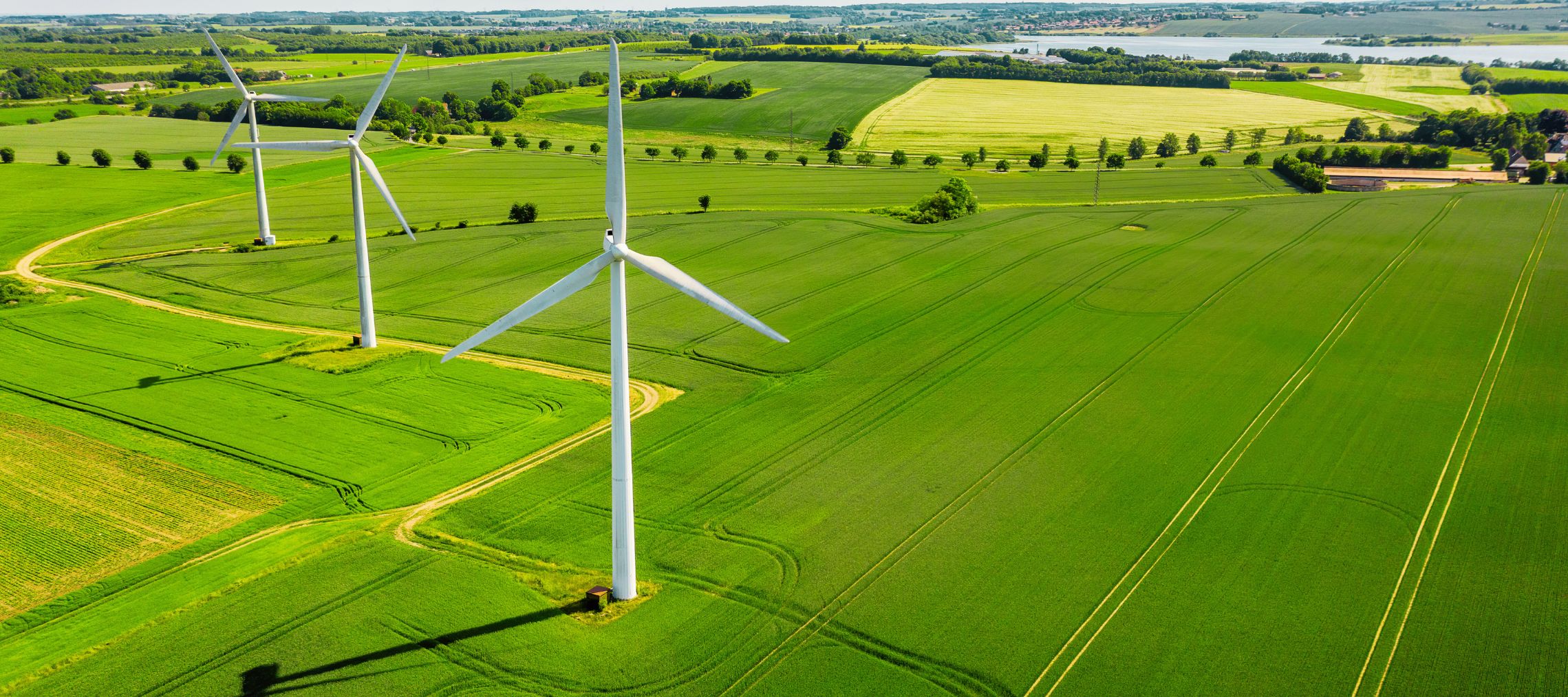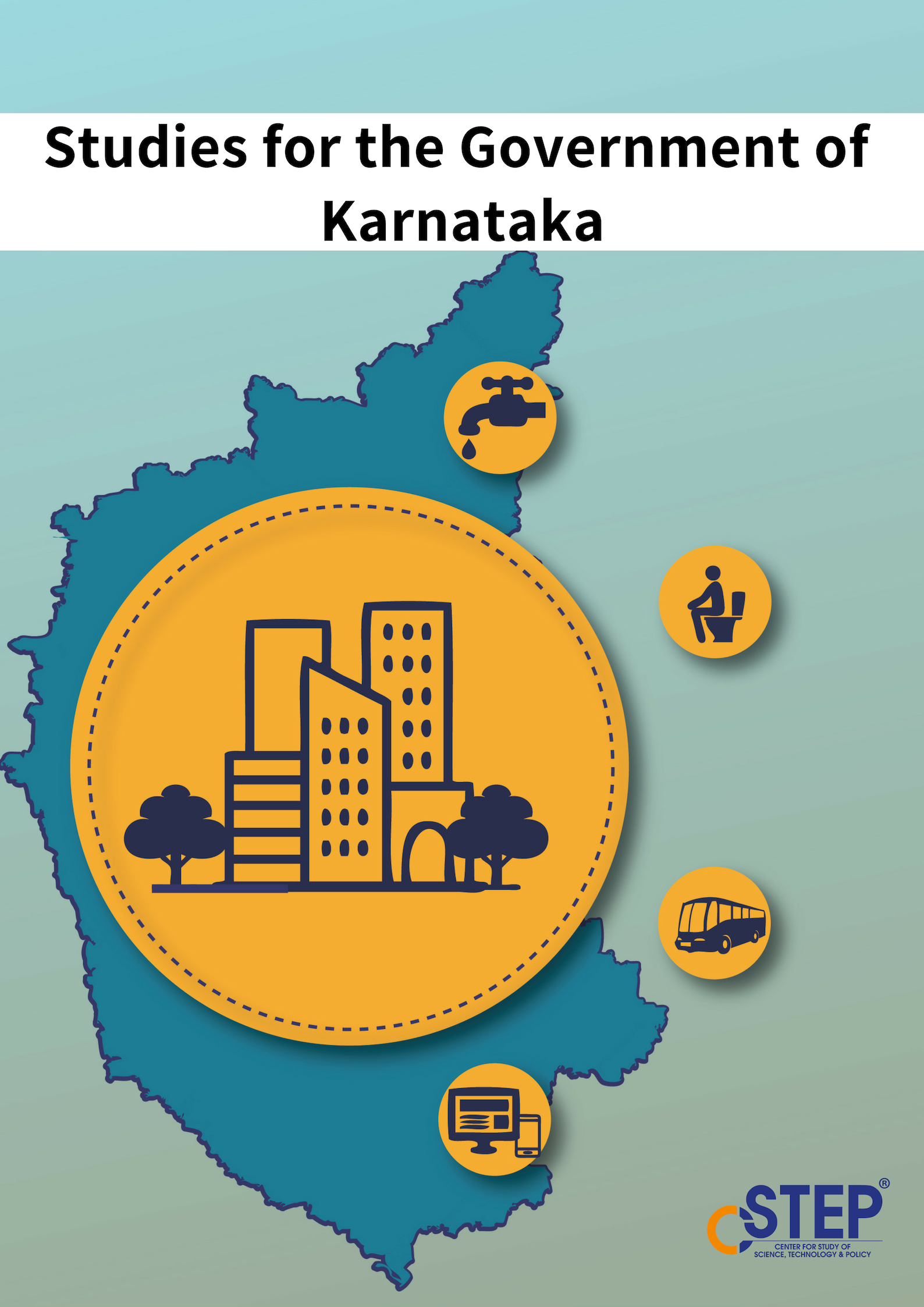Fossil fuels are deeply tied to electricity generation, industrial operations, and transportation among other crucial sectors and cannot be easily dissociated from energy use. CSTEP focuses on a greater integration of renewables and reduction of waste energy in such sectors. This includes working with utilities to improve rooftop solar penetration, mapping potential of various renewables across the country, and analysing energy usage of MSMEs to reduce their fossil fuel consumption.






A Hydrogen Economy Can Have Huge Dividends for India
According to Union Ministry of Statistics and Programme Implementation, India produced 15,311 petajoules of energy in 2020 of which 81% was derived from fossil fuels such as coal, oil, and natural gas. In fact, fossil fuels have been the fuel of choice for decades despite causing permanent damage to our environment.
Charging Stations At Residential Apartments Are Key To EV-Charged Future
The massive policy push to electric vehicles (EVs) has prompted India to gear up for large-scale adoption of EVs, with state-wise targets to electrify private as well as public vehicles. Though a report by the Confederation of Indian Industry (CII) estimates the penetration of EVs in the private car segment to reach almost 10% by 2030, today it stands at a dismal 1%.
ESG - An Ecological Commitment That Goes Beyond Pure Math
It is true that investors look to create wealth from their investments, and in the recent past, companies that created value for shareholders at any cost, in terms of share prices and dividends, were in prominence.
However, the trend is slowly changing and investors have started to look at companies that do well on the environmental, social, and governance (ESG) criteria. Companies that are environmentally benign, create social value, and are backed by robust governance mechanisms are in demand. Investors are now envisaging a future where ESG criteria play a major role.
Battery Technology Roadmap: What Are Some Emerging EV Battery Technologies and Compositions?
The performance of an electric vehicle (EV) is largely dependent on a battery and its materials composition. Battery selection is based on performance characteristics, such as energy and power density, life cycle, safety, charging/discharging rate, cost, etc. Currently, the market is dominated by Lithium-ion batteries (LiBs). The most prominent material compositions in LiBs are Lithium Nickel Manganese Cobalt (LNMC), Lithium Nickel Manganese Oxide (LNMO), and Lithium Iron Phosphate (LFP) as cathode materials and graphite as anode material.
Potential of Discom-based Rooftop Solar Business Models
India has set an ambitious rooftop solar photovoltaic target of 40 GW by 2021-22. However, with only approximately 6.8 GW installed till date, it looks increasingly difficult to reach the target in less than a year. One of the primary deterrents is the reluctance of distribution companies (discoms) to promote the rooftop solar segment. The finances of most discoms are in a beleaguered state. This is due to free power for agriculture, unmitigated aggregate technical and commercial losses, and failing cross-subsidy regimes.
Pumped Hydro: Pushing the Needle Forward on Clean Energy
India’s power sector has been witnessing a large share of renewable energy (RE) being integrated into the grid. This is expected to grow at a high pace in the future as well. With increasing RE share, storage, especially pumped-hydro energy storage (PHES), plays a key role in dispatching the energy from RE resources, peak load shaving, frequency regulation, voltage support, providing round-the-clock support, and balancing the grid, among others.
How Thermal Generating Companies Can Stay in Power
India, which is the second-largest coal producer and both the third-largest producer and consumer of electricity in the world, has committed to an RE-dominant future with an ambitious target of 450 GW of RE capacity by 2030. With the global push for clean energy and falling RE costs, there is no backing away from this goal now. Given this, what is the contribution that state generating companies (GENCOs), mainly operating thermal capacity, can make for this transition to be successful?
Techno-Economic Analysis of Pumped-Hydro-Energy Storage as Peaking Power Plants in India for High Renewable Energy Scenarios
Existing pumped-hydro-energy storage (PHES) plants in India are inadequately utilised and hence have low economic benefits. With high renewable energy (RE) penetration expected in the coming years, energy storage systems will gain prominence. One of the most economical, available, mature, and bulk energy storage mechanisms is PHES. However, PHES plants are capital-intensive and topographically dependent.